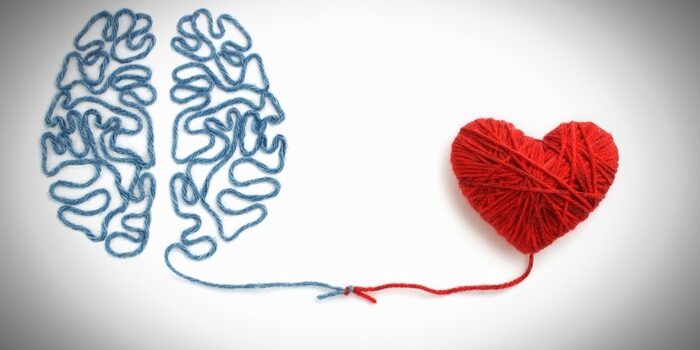As a campaigner, you deeply care about your subject. And your ultimate goal in (that part of your) life is to get as many other people as possible to share your concern, and take action with you. But there are many misconceptions about how to do this. We share here a couple of clever insights that we pulled out of the article “What makes people care” from the Stanford Social Innovation Review.
————–
First tip: Informing people doesn’t work
 Social service organisations collectively spend millions of dollars each year on communications that focus on informing people. Sadly, these kinds of efforts ignore the scientific principles of what motivates engagement, belief, and behavior change. Consequently, a lot of that money and effort invested in communications is wasted.
Social service organisations collectively spend millions of dollars each year on communications that focus on informing people. Sadly, these kinds of efforts ignore the scientific principles of what motivates engagement, belief, and behavior change. Consequently, a lot of that money and effort invested in communications is wasted.
Research from multiple disciplines tells us that people engage and consume information that affirms their identities and aligns with their deeply held values and worldview, and avoid or reject information that challenges or threatens them.
Research tells us that people are really good at avoiding information for three reasons: It makes them feel bad; it obligates them to do something they do not want to do; or it threatens their identity, values, and worldview.
People seek information that makes them feel good about themselves and allows them to be a better version of themselves. If you start with this understanding of the human mind and behavior, you can design campaigns that help people see where your values intersect and how the issues you are working on matter to them.
For example, researchers have found that people anticipating feeling pride in helping the environment were more likely to take positive action than those anticipating guilt for having failed to do so.1
“I’ve learned that people will forget what you said, people will forget what you did, but people will never forget how you made them feel,” poet and writer Maya Angelou once said. Research backs her up. To gain influence on your issue, you’ll need to understand what compels people to invest their attention, emotion, and action. If you’re going to make a difference, you have to use the science of what makes people care as the foundation of your strategy.
Second Tip: Move from monologue to dialogue
When you walk into a crowded cocktail party, you do not loudly introduce yourself and spout facts and opinions from the middle of the room. Instead, you grab a drink, scan the room, and look for a conversation or group that interests you. You sidle up, listen for a while, and—when you have something to add—join the conversation. Organizations often aim their communication efforts toward building their own profile with messages and tactics that are more about them than about the issue they’ve set out to address and the audience they are addressing. They are essentially walking into a party, announcing their presence, and asking people to pay attention.
This requires advocates to move beyond a focus on building and disseminating a message to stepping into the world of their target community. Think of communication less as a megaphone and more as a gift to your audience. Does it help them solve a problem? Does it make them feel good about themselves or see themselves as they want to be seen? Does it connect to how they see the world and provide solutions that are actionable? If we want people to engage and take action, we have to connect to what they care about and how they see themselves.
1 Claudia R. Schneider, Lisa Zaval, Elke U. Weber, and Ezra M. Markowitz, “The influence of anticipated pride and guilt on pro-environmental decision making,” PLOS One, vol. 12, no. 11, 2017.








